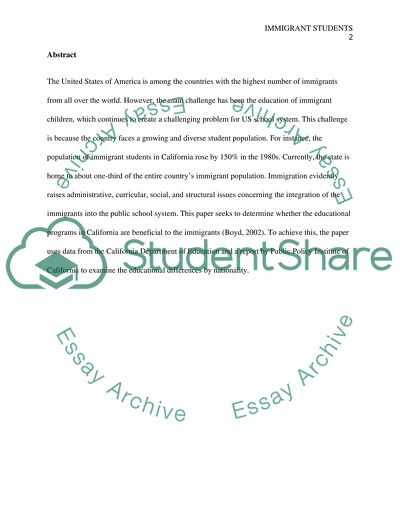Cite this document
(“Immigrant Students Research Paper Example | Topics and Well Written Essays - 5000 words”, n.d.)
Retrieved from https://studentshare.org/sociology/1398960-immigrant-students
Retrieved from https://studentshare.org/sociology/1398960-immigrant-students
(Immigrant Students Research Paper Example | Topics and Well Written Essays - 5000 Words)
https://studentshare.org/sociology/1398960-immigrant-students.
https://studentshare.org/sociology/1398960-immigrant-students.
“Immigrant Students Research Paper Example | Topics and Well Written Essays - 5000 Words”, n.d. https://studentshare.org/sociology/1398960-immigrant-students.


